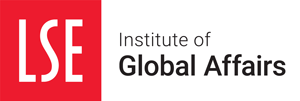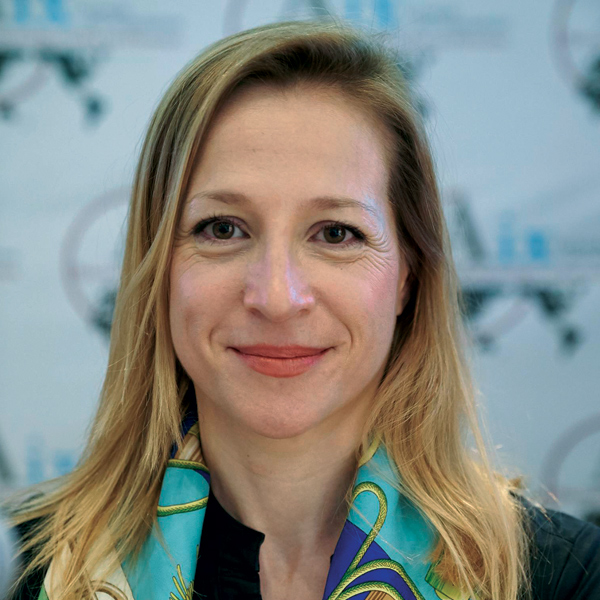GLOBAL POLICY LAB


The Eminent Persons Group (EPG) identified as a key goal for the G20 to secure the benefits of interconnected financial markets and in particular to enable countries to utilize international capital flows without risks arising from excessive market volatility. That this goal remains an aspiration in 2019 despite the innovations introduced in the wake of the global financial crisis (GFC) is telling. FX liquidity lines are an important area where gaps persist.
When the GFC broke out, FX swap lines quickly emerged as a gap in the global safety net that we hitherto didn’t know existed—specifically, even countries without significant imbalances and reserve currency issuers could find themselves in urgent need of vast amounts of foreign cash, courtesy of their banks’ funding models. In the event, it was promptly remedied, with the US Federal Reserve (Fed) and then other major central banks quickly stepping in. Does this mean we can trust this gap will not reemerge in the next crisis? Far from it.
What worked in the GFC
Starting with the Fed, major central banks found themselves challenged in implementing their own monetary policies when both their banks and overseas ones suddenly found themselves exposed massive FX funding shortages. They saw it in their own immediate interest to act as intermediaries between the source currency central bank and their banks, whose soundness and creditworthiness they were better placed to assess. Thus, in late 2007 the Fed entered into swap lines with the ECB and the SNB and shortly after the collapse of Lehman Brothers in September 2008 with the BOJ, BOE, and a series of smaller development market central banks. Remarkably, these liquidity lines were uncapped, and swaps outstanding peaked at nearly $600 billion. Swap lines were also established between several of these other central banks. These were ostensibly monetary policy decisions, taken for domestic motives, without pressure from respective governments.
Many emerging markets faced similar needs, but ultimately only Brazil, Korea, Mexico and Singapore received Fed swap lines, after consultation with the US Treasury and State Department. These swaps were capped and gave the Fed tighter control of any drawings. But they ended up barely drawn and still succeeded in stabilizing dollar funding costs not just for the four recipient emerging markets but also more generally. In Europe, the ECB limited itself to repo lines with Hungary, Latvia and Poland—i.e., agreements whereby euro-liquidity would be provided against euro-denominated collateral—though the Riksbank through its swap lines with Latvia and Lithuania further contributed to providing EUR liquidity where it was needed. Again, in all these cases, the prime motivation was seen as domestic national interest, specifically financial stability and monetary policy transmission.
Next time will be different
Following the GFC, regulatory changes have forced banks to become much more prudent in managing liquidity needs in general, including their FX exposures. As a result, the potential FX liquidity needs arising from banks are generally much lower than in 2007. However, they have not disappeared. The European Banking Authority recently reported that a large number of EU banks had US dollar liquidity coverage ratios well below 100%, and many of them close to 0%. More generally, at 14% of GDP, international lending in US dollars is now 50% larger than in 2007, and the bulk of that lending is now in the form of debt securities, not bank loans. In Latin America, the share of dollar debt in the form of debt securities reaches 12% of GDP. In Europe, emerging markets hold 9% of GDP worth of dollar-debt. If dollar markets shut down again as they did in 2007/08, there will likely be substantial FX liquidity gaps, and these will be more challenging to plug now that the counterparts needing liquidity will often not be banks. Meanwhile, euro funding needs generally remain much lower but there are a handful of banks in the non-Eurozone EU with euro liquidity coverage ratios below 50%.

She started her career at the French Ministry of Finance. Isabelle regularly contributes her views on financial markets and how geopolitics impacts them in a variety of global media outlets. She is a member of the Board of Bruegel, a leading European policy think tank. She is also a member of the Inspection Générale des Finances and a graduate of the Ecole Nationale d’Administration (ENA) and Sciences Po, Paris. She earned a master’s degree in economics from the University of Cambridge.